Decoding Logo Diffusion: Create Logos with AI for free
In this blog post, we decode Logo Diffusion and recreate some of its popular logo design workflows. These include Text-to-Logo, Logo-to-Logo, Sketch-to-Logo, 2D image to 3D logo, and Image to 2D logo. You can use these workflows to create your own custom AI generated logos for free.
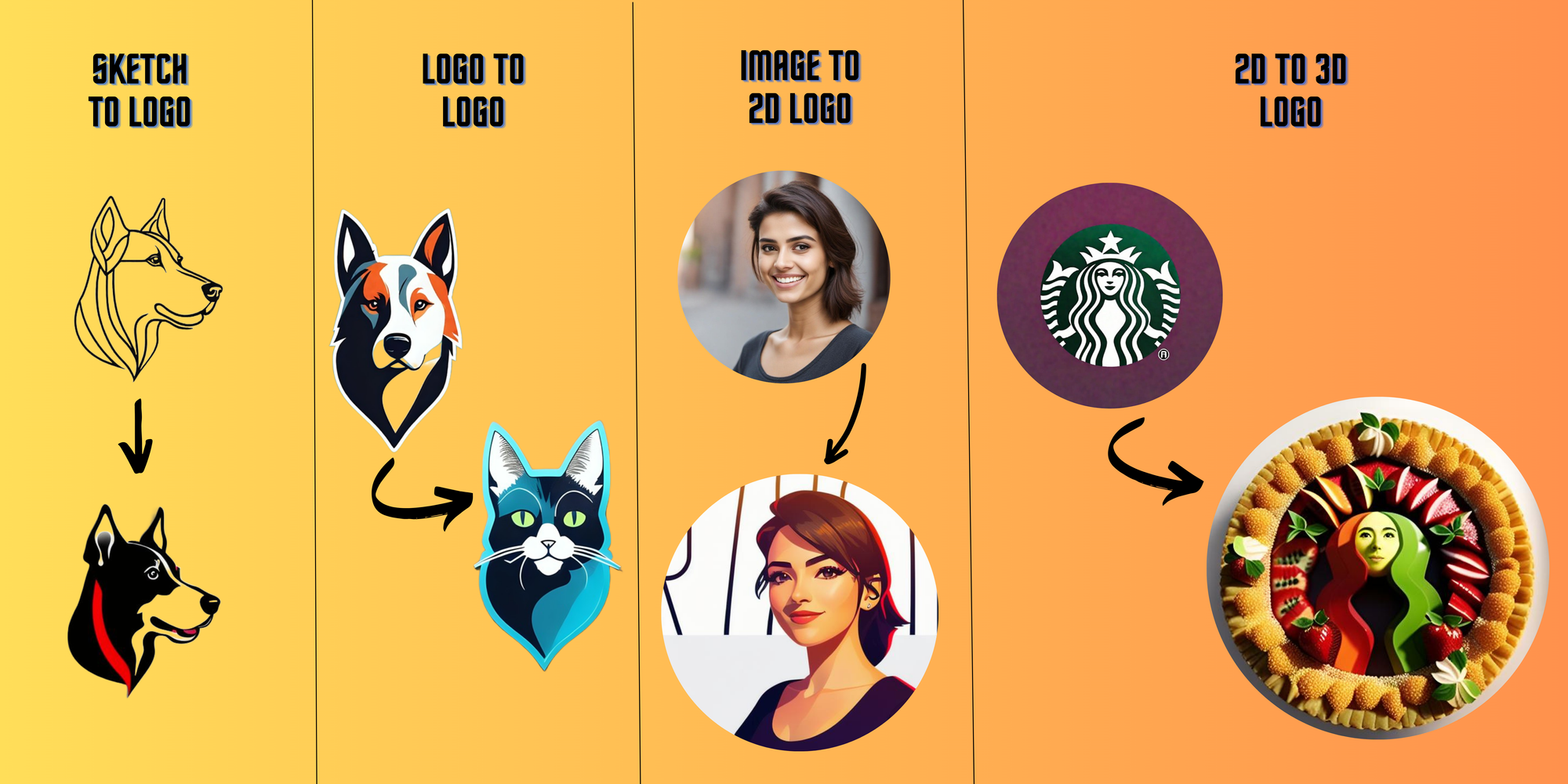
In this blog post, we will chain together a series of Generative AI models to create Logo Diffusion workflows, that convert simple textual descriptions and visuals into striking logos using AI. We will uncover various logo design avenues: Text-to-Logo turns textual descriptions into distinct logos; Logo-to-Logo infuses fresh vibrancy into pre-existing designs; Sketch-to-Logo shapes raw sketches into masterful logos; 2D image to 3D logo offers dimension to traditional designs; while Image to 2D logo reshapes any photograph into a tailored 2D logo or artistic rendition.
Decoding the Logo Diffusion Workflows for Logo Design
Let’s take a quick look at the models we will be using to create Logo Diffusion's logo design workflows. These models will be used in sequence to construct the workflows.
- SDXL 1.0: Interprets textual prompts to create the foundational structure of the logo. With SDXL you can create different content styles, such as pictorial, Mascot, Badge, Cartoon, Icon, Abstract etc.
- Background Removal: This model ensures the logo's primary focus remains intact by removing any extraneous elements or cluttered backgrounds. It provides a transparent or uniform backdrop, essential for branding consistency.
- ESRGAN: A refinement model that uses super-resolution techniques. It ensures every aspect of the logo, from details to color gradients, is sharp, well-defined, and optimized for various scales.
- ControlNet Scribble: A transformative model that redesigns or guides the design process based on both the original input (be it a sketch, image, or existing logo) and the given textual prompts. It acts as a bridge, ensuring the output aligns with the desired vision while keeping core elements intact.
1. Create Logos from Textual Descriptions
Goal: Convert textual descriptions or prompts directly into beautiful logos.
How It Works:
- SDXL: The SDXL model interprets textual prompts, grasping the essence and emotion behind words. For example, if you feed the model a brief like "logo of a dog" using digital art style (one of many styles available in SDXL) the model generates a high-resolution image that captures the essence of your idea.
- ESRGAN: The next step is about refinement. Ensuring that every detail, edge, and color gradient is sharp and well-defined, ESRGAN optimizes the logo for various scales.
- Background Removal: Background removal makes sure the design keeps its main focus on the logo, gets rid of anything unnecessary, and gives it a clear background, which is great for branding.
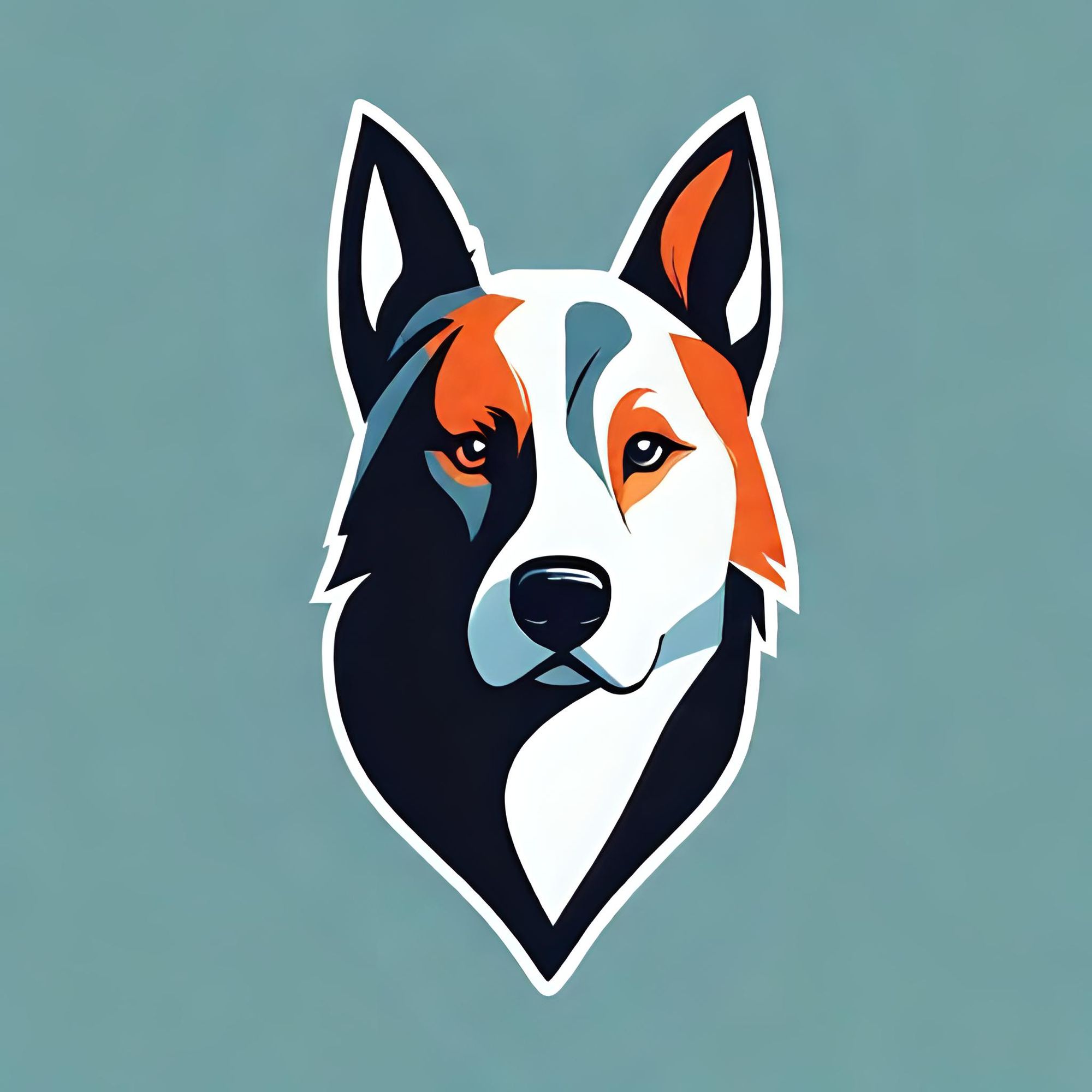
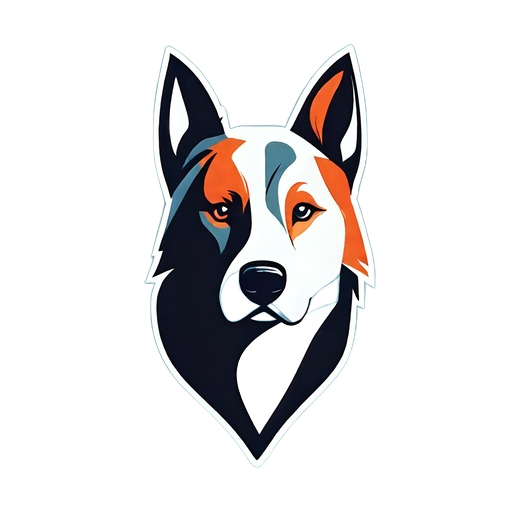
2. Transform any Sketch to Logo
Goal: Convert rudimentary sketches into polished logos.
How It Works:
- SDXL: SDXL is capable of generating images of various style like line art, sketch and so on. For example, if you can give a text prompt like "minimalistic logo of a dog" using line art style, the model generates a high-resolution image that captures the essence of your idea.
- ControlNet Scribble: ControlNet Scribble interprets the nuances of the sketch, adding details based on the sketch's intricacies. Essentially turning the simple sketch to a logo.
- ESRGAN: ESRGAN upscales the logo, ensuring that every detail, from the boldest line to the softest gradient, is in pristine quality.

3. Transform Logo to another Logo
Goal: Breathe new life into existing logos using textual prompts for guidance.
How It Works:
- ControlNet Scribble: Starting with the original design, ControlNet Scribble interprets both the logo and the textual prompts. Lets say, you want to create a logo of a cat from an existing logo of a dog (from text to logo example). You give a text prompt as "logo of a cat". It ensures that the redesign aligns with the given instructions while retaining the logo's foundational elements.
- ESRGAN: Post-transformation, this model steps in to ensure that the redesigned logo retains the highest quality. Enhancing resolution and clarity, it guarantees that the new design is ready for all branding purposes.
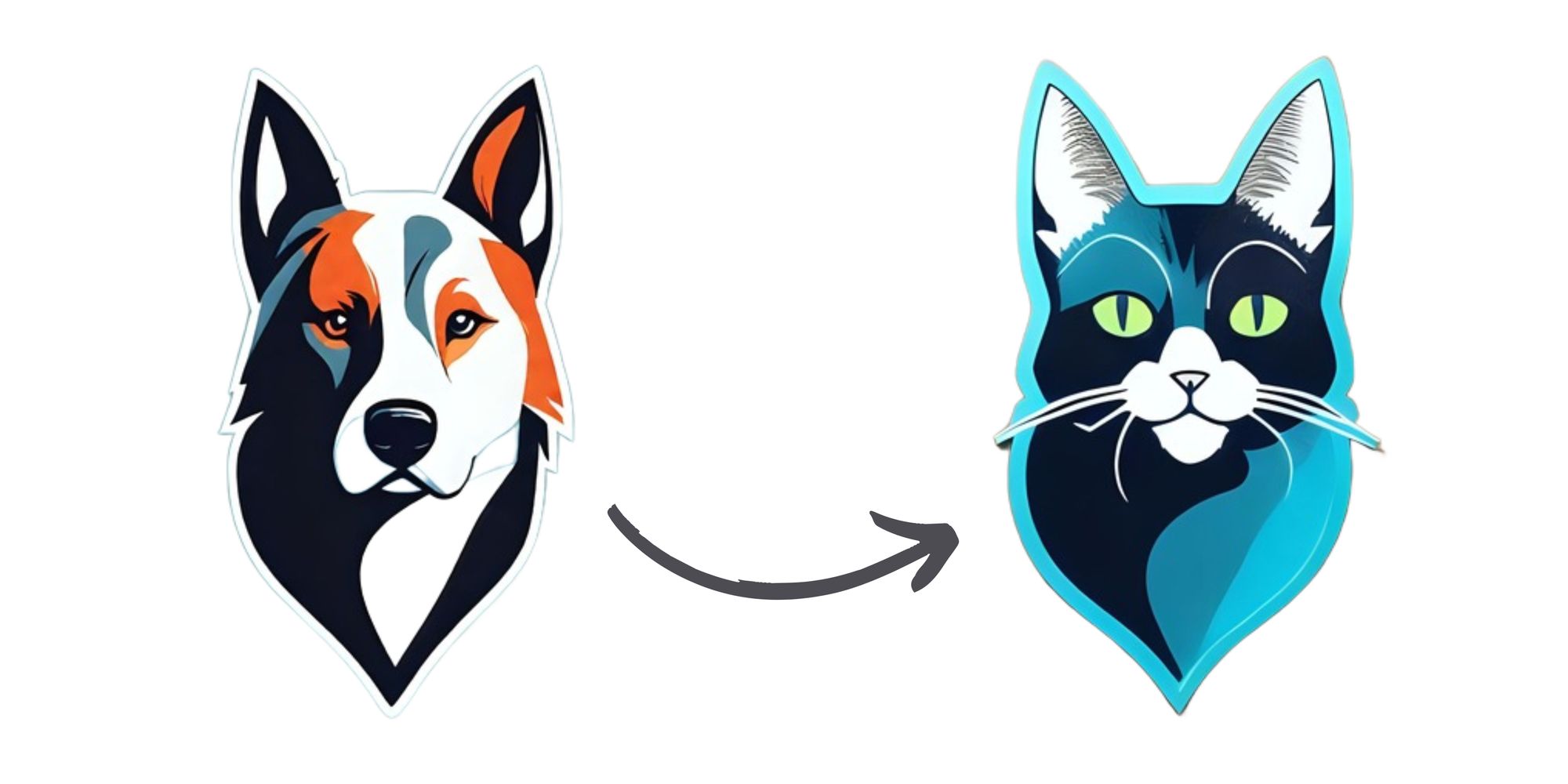
4. Convert 2D Logo to 3D Illustration
Goal: Transform 2D designs into dynamic 3D illustrations.
How It Works:
- ControlNet Scribble: This model guides the dimensional shift, ensuring that the 3D transformation aligns with the original design's essence, adding depth, shadows, and perspective. For example lets take The Starbucks mermaid, a globally recognized emblem. Now, imagine a fresh twist on this classic - changing that mermaid into a 3D fruit tart, keeping its magical feel but with a new, modern twist.

5. Convert an Image to 2D Logo
Goal: Convert any image into a 2D logo.
How It Works:
- ControlNet Scribble: The model analyzes the input image, grasping its central theme. With this understanding, it begins its transformation journey to a 2D design. This process goes beyond a simple conversion: it ensures the heart and spirit of the original image are encapsulated in an elegantly stylized illustration. For example, consider an image of a woman; the model would adeptly convert her likeness, preserving her essence, into a beautifully rendered 2D illustration.
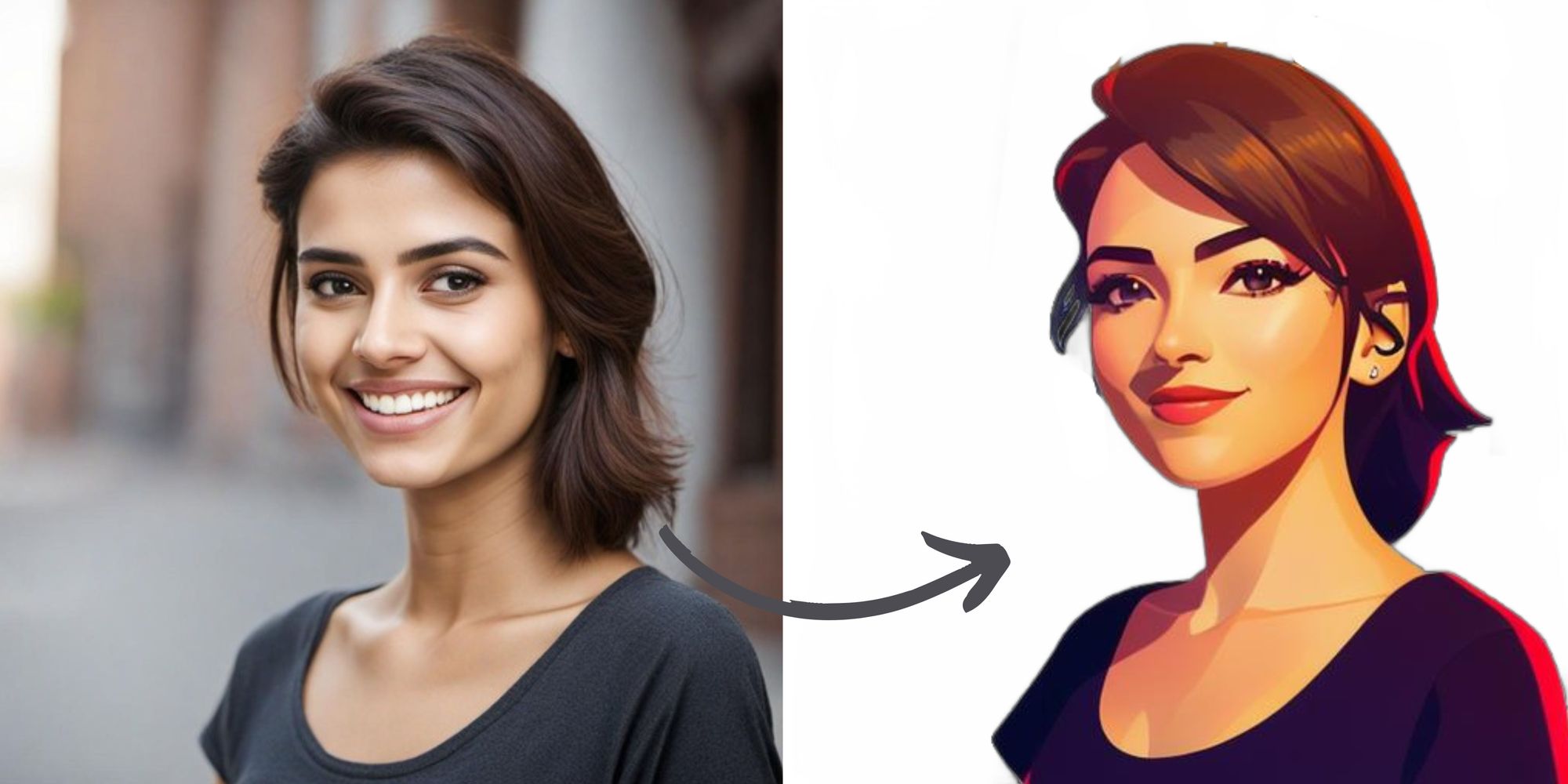
These design methods show how amazing generative AI is for creativity. It lets users make new designs, freshen up old ones, or mix different ideas to create something unique. The great thing about generative AI is that it helps people try out new ideas while making sure everything looks professional and high-quality. So, whether you're making something from the start, updating an older design, or trying something different, generative AI makes the whole process smooth and easy.
Conclusion
As we've journeyed through the intricate AI workflows of logo design, it's evident that the boundaries of design are rapidly expanding. These AI-driven methods not only democratize design for those without traditional graphic design skills but also offer seasoned professionals powerful tools to expedite and enhance their creative process.
In a world where branding and identity become ever more crucial, the promise of swift, personalized, and high-quality logo generation is not just a technological marvel but a game-changer for businesses and creators alike. As AI continues to evolve and become more sophisticated, one can only imagine the further possibilities and refinements in the design arena. Head over to the Segmind website and explore these incredible tools for yourself.

